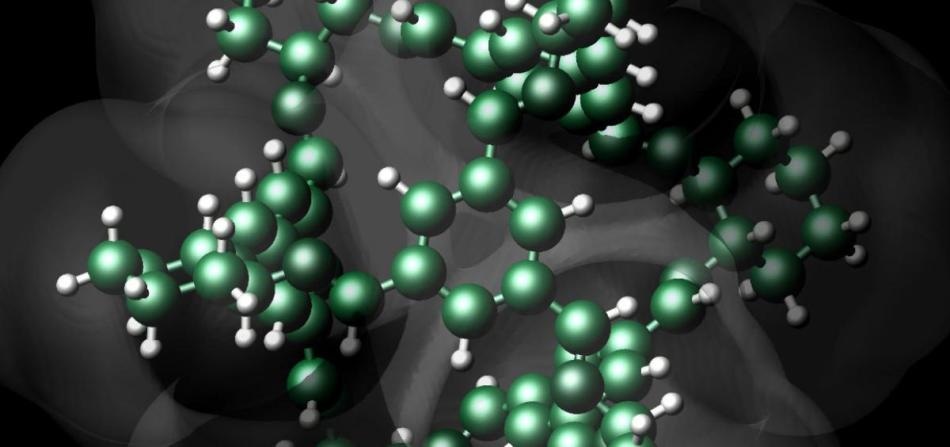Dec 19 2018
Nanosized cages could have a major role to play in minimizing energy consumption in science and industry, and a machine-learning research at Oregon State University (OSU) aims to speed-up the deployment of these incredible molecules.
 Molecular cage. (Image credit: Oregon State University)
Molecular cage. (Image credit: Oregon State University)
The porous organic cage molecules that OSU researchers are studying are able to selectively trap gas molecules, potentially enabling massive energy savings in the innumerable gas separations conducted in the chemical industry.
“These porous molecular solids are like sponges that soak up gases discriminately,” said Cory Simon, assistant professor of chemical engineering and corresponding author of a study reported in ACS Central Science.
The separation along with the purification of chemical mixtures is accountable for over 10% of the world’s energy consumption.
Porous cage molecules possess nanosized cavities intrinsic to their structure, and gas molecules are drawn to and trapped within these cavities via adsorption.
“But each cage adsorbs certain gases more readily than others, and this property potentially makes the cages useful for separating gas mixtures more energy-efficiently,” Simon said.
However, there are many of these cage molecules that could be synthesized—to produce even one of them and examine its properties takes several months in the lab—and multitude of different chemical separations are needed in industry; hence the need for a computational method to sort through the possibilities and discover the best molecule for the task at hand.
Simon manipulated the idea that the shape of any particular cavity is accountable for which gas molecules it most freely attracts.
Simon and students Arni Sturluson, Melanie Huynh and Arthur York applied an “unsupervised” machine-learning technique to classify and group together cage molecules according to their cavity shapes and, thus, adsorption properties.
Unsupervised means the computer learned about shape/property relationships independently; it was not provided any labels to instruct it.
“Just show the data to the algorithm, and it automatically finds patterns—structure—in the data,” Simon said.
The scientists used a training dataset of 74 experimentally synthesized porous organic cage molecules that were each computationally scanned, ensuing in a 3D “porosity” image of each resembling an image produced by a CT scan.
On the basis of these 3D images, we took inspiration from a facial recognition algorithm, eigenfaces, to group together cages with similarly shaped cavities. Using the singular value decomposition, we encoded the 3D images of the cages into lower-dimensional vectors.
Cory Simon, Study Co-Author and Assistant Professor of Chemical Engineering, OSU
Simon explains the method using the comparison of people’s faces.
“Imagine you were forced to map everyone’s face onto a point in a two-dimensional scatter plot while preserving as much information as you can about the faces,” he said. “So each face is described by just two numbers, and similar-looking faces are grouped close by in the scatter plot. Essentially, the singular value decomposition performed this encoding, but for porous cage molecules.”
The study showed that the learned encoding captures the salient characteristics of the cavities of porous cages and can estimate properties of the cages that relate to cavity shape.
Our methods could be applied to learn latent representations of cavities within other classes of porous materials and of shapes of molecules in general.
Cory Simon, Study Co-Author and Assistant Professor of Chemical Engineering, OSU